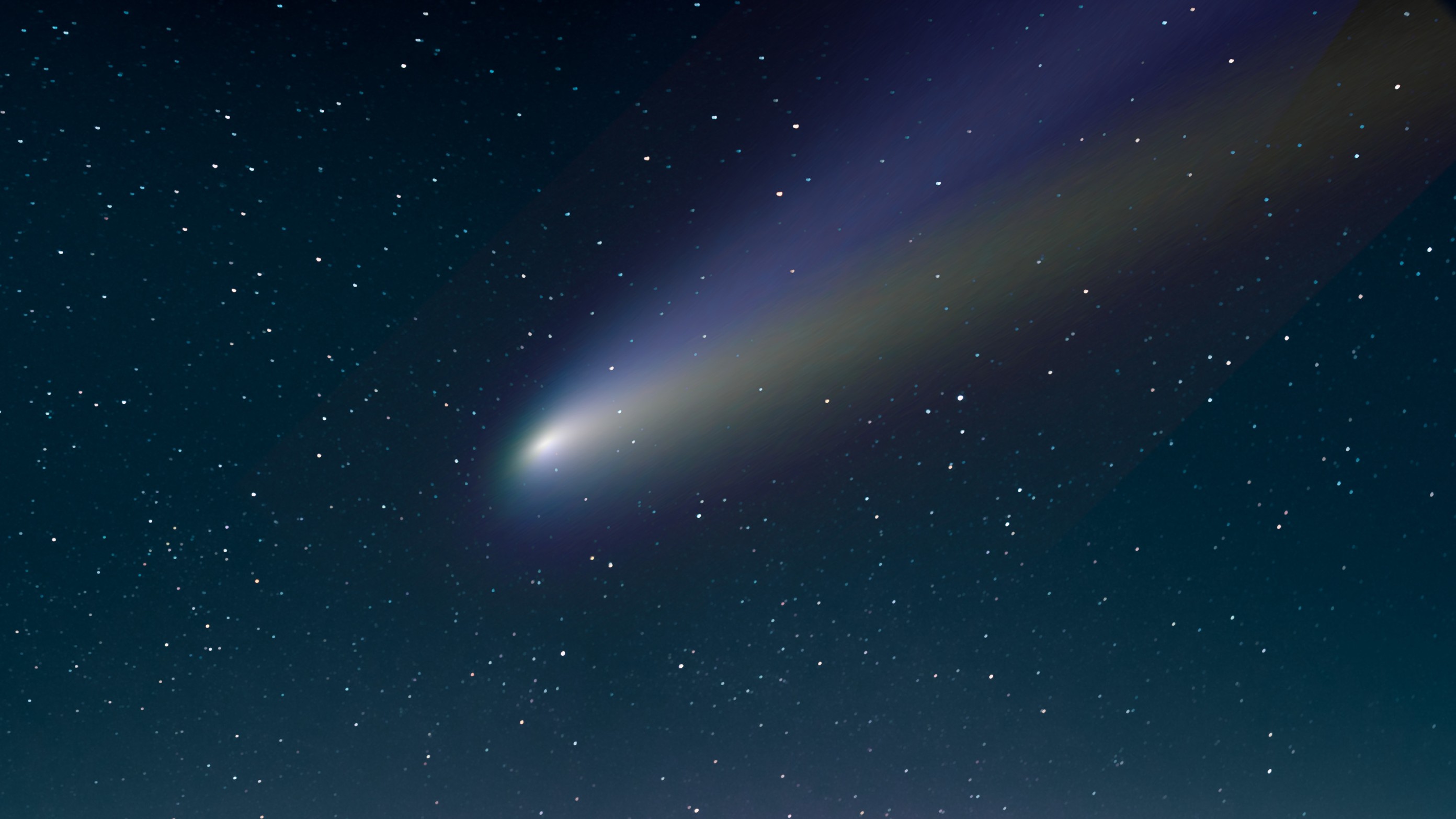
Are you ready for a naked-eye comet? Although there are never any guarantees when it comes to comets, astronomers have high hopes that Comet C/2023 A3 (Tsuchinshan-ATLAS) will be visible in the hour before sunrise on four successive mornings this week. Further windows of naked-eye visibility in the evening sky could follow in mid-October.
C/2023 A3 is expected to peak in brightness on Friday, Sept. 27, when it reaches perihelion, its closest point to the sun on its estimated 80,000-year-long orbit. Skywatchers in the Northern Hemisphere will be able to glimpse the comet a few degrees above the east-southeast horizon about 30 minutes before sunrise between Friday, Sept. 27 and Wednesday, Oct. 2.
Perfect mornings to view it include Sunday, Sept. 29 and Monday, Sept. 30, when C/2023 A3 will be joined by a delicate waning crescent moon.
Although C/2023 A3 may be visible to the naked eye, comets can be fickle and difficult to predict, so it may be wise to have a good pair of stargazing binoculars or a small telescope to enhance the view.
However you view the comet, it should be possible to see a sizable dusty tail, a consequence of the comet's constituent dust and ice slightly melting as it approaches the sun. How bright it will get remains a mystery, though some astronomers predict it could be as luminous as the 20 brightest stars in the night sky.
Related: Betelgeuse, Betelgeuse? One of the brightest stars in the sky may actually be 2 stars, study hints
By Sept. 30, C/2023 A3 will have disappeared into the light of dawn for those in midnorthern latitudes, but anyone close to the equator should still be able to see C/2023 A3 until Oct. 2. After that date, the comet will be lost in the sun's glare, destined to reemerge into the Northern Hemisphere's night sky around Saturday, Oct. 12, when it will be at its closest point to Earth. It will then be positioned close to the western horizon.
After that, C/2023 A3 will gradually fade from view.







